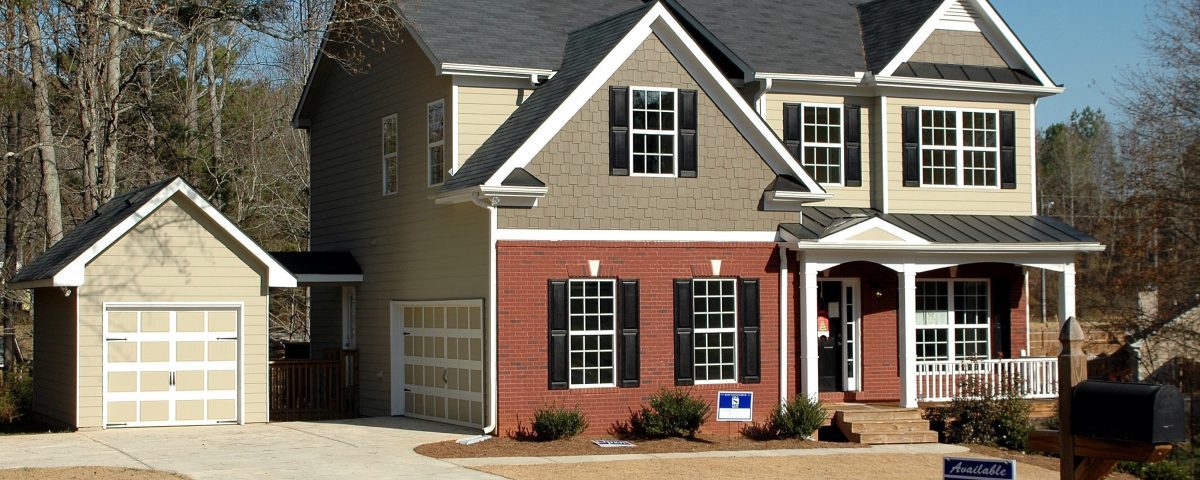Property Values are Soaring. Should You Increase Your Homeowners Insurance Accordingly?

New Jersey Waterways Will Be Busy: How to Stay Safe.
May 20, 2021
Top 5 Reasons to Have Life Insurance Even If You’re Single
July 13, 2021
The red-hot housing market isn’t expected to slow down anytime soon. Government and business observers predict at least another year of low inventory, low mortgage rates, bidding wars and rising home prices. That’s great for homeowners, but what does that mean for home insurance?
If you are a homeowner in today’s real estate market, here’s what you need to know about whether your homeowners insurance policy is adequate.
In seller’s markets, like we see in most parts of the county right now, homes may rise in value due to high demand and limited housing inventory, but the value increase alone may not necessarily require you to purchase additional coverage. That’s because your homeowners policy premium (price) is based on the estimated cost to repair or replace your home in the event it is damaged or destroyed. Normally that has little to do with occasional fluctuations in value.
To better illustrate this concept, imagine you bought your home just a few years ago for $250,000. When you purchased your home, you also purchased a homeowners policy that was based on the cost to rebuild the structure if it was destroyed in a catastrophe like a fire or hurricane. Even if the home is now worth $350,000, the cost to replace it in normal times would still be about the same as when you bought it, since it wasn’t that long ago. But are these “normal†times?
The critical factor in determining the amount for which your home should be covered is the cost-per-square-foot to rebuild the structure. Ordinarily, it is the cost of the land that is the primary driver in local real estate markets. Those land values have little to do with your coverage amount because that is based on the cost of construction. Again, in “normal†times, the cost of construction does not fluctuate the way home values do.
Due to the COVID-19 pandemic, government-mandated shutdowns resulted in factories closing for months, massive layoffs, business closures, and the near halt to shipping of materials for all kinds of products. Now construction activity may be back to pre-pandemic levels, but shortages in skilled labor persist, and material prices are on the rise, causing project delays, and building material supplies struggling to keep up with demand. These conditions are forcing construction costs to significantly increase in 2021. Prices for everything from lumber, steel, roofing materials, and so on, are on the rise. Whether these conditions continue to put upward pressure on the cost of construction beyond the short term remains to be seen.
Fortunately, some homeowners policies may include something called inflation guard coverage to account for inflationary pressures on construction costs. This inflation guard coverage automatically increases the amount of insurance on your home by about 2 or 3 percent each year. Still, in the hot housing market we are seeing now in mid-2021, construction costs may have increased by a bit more than the 2 or 3 percent inflation protection in your policy.
The bottom line is homeowners should keep an eye on their homeowners policy. It may be time to check in with Glenn Insurance to evaluate your home’s value and the cost to repair or replace it, especially if you have renovated or remodeled since the time you purchased your homeowner’s insurance.
As with any insurance policy, make sure you understand your coverage and policy limits. If you have questions about homeowners insurance, call Glenn Insurance at 1-888-OK GLENN.

 Get a Quote
Get a Quote
